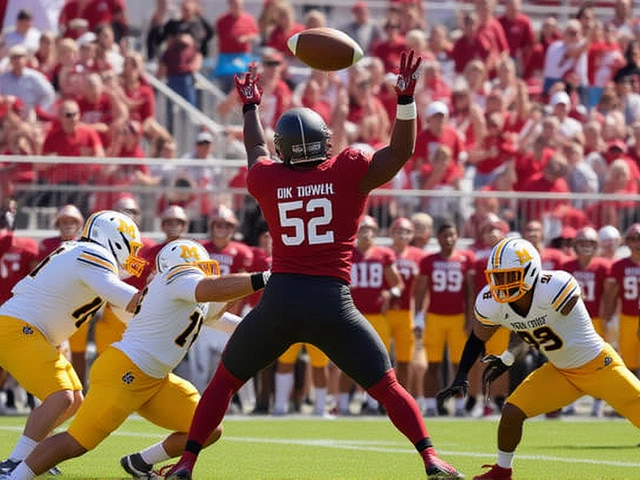Hall of Fame: Why Legends Matter and How They Earn Their Spot
When you hear "Hall of Fame," you picture a wall of plaques, a glittering trophy case, and the stories that made athletes unforgettable. It’s not just a museum; it’s a way to honor the people who changed the game. In this guide we’ll break down what makes a Hall of Fame worthy, highlight a handful of iconic inductees, and show you how to dive deeper into the stories behind the fame.
What Does It Take to Be a Hall of Famer?
Every sport has its own set of rules for induction, but a few common themes pop up. First, there’s sustained excellence – think of a player who performed at the top of their league for years, not just one standout season. Second, impact matters. Did the athlete change how the sport is played or inspire a generation? Third, character and off‑field contributions often get a nod, especially for modern halls that value community involvement.
Take Tom Brady, for example. Over 20 years, he won seven Super Bowls, broke countless records, and stayed competitive well past the typical retirement age. His longevity and clutch performances are textbook hall‑of‑fame material. Readers can read more about his career length in our post "How long is Tom Brady's career?" to see why his name appears in every debate about the greatest NFL players.
Hall of Fame Moments You Can’t Miss
Every Hall of Fame has its highlight reels. In soccer, the World Cup finals often become the backdrop for a player’s induction story. The 1999 US Women’s National Team’s dramatic shootout win still rolls off the tongue when people talk about historic moments. In basketball, a Game 7 showdown like the Timberwolves vs. Nuggets series showcases the pressure and brilliance that future Hall of Famers thrive under. Our article on the 2024 NBA Playoff clash dives into the key players and odds that define such high‑stakes games.
Beyond the big‑stage moments, there are personal tales that resonate. A lesser‑known story is the fight for immigration relief, like the TPS case that impacted 60,000 people. While not a sports story, it underscores how athletes and fans often rally for social justice, adding depth to their legacies. This interplay of sport, culture, and advocacy is part of what modern halls of fame celebrate.
Want to see how athletes from different backgrounds made it? Browse our "hall of fame" tag to read about legends from football, basketball, soccer, and even stories that explore broader issues like doping – the biggest threat to clean competition today.
Ready to explore more? Check out posts on the greatest issues in sports, why the NFL season feels short, and what it takes for a college athlete to stand out without a sport. Each article adds another piece to the Hall of Fame puzzle, giving you a fuller picture of what greatness looks like across the sports world.
So whether you’re a die‑hard fan hunting stats, a casual viewer looking for inspirational stories, or someone curious about how athletes become icons, the Hall of Fame tag on Global Sports Arena is your one‑stop hub. Dive in, discover your new favorite legend, and maybe find the next big story to talk about with friends.

Tim Wakefield is a former Major League Baseball pitcher who played for the Boston Red Sox, New York Mets, and Pittsburgh Pirates from 1992 to 2012. He was one of the most successful knuckleballers in the sport's history, winning 200 games and 2 World Series titles. Although he has an impressive resume, the question remains whether he is a Hall of Famer. Supporters of his candidacy point to his longevity, his two World Series wins, and his 10 All-Star appearances. However, detractors cite his lack of individual awards, his relatively low career winning percentage, and his inconsistency as a starter. Ultimately, it will be up to the Hall of Fame voters to decide if Tim Wakefield is a Hall of Famer.





